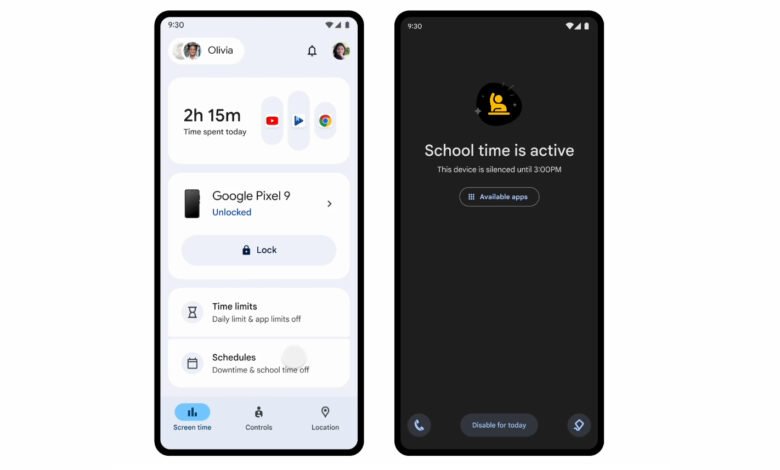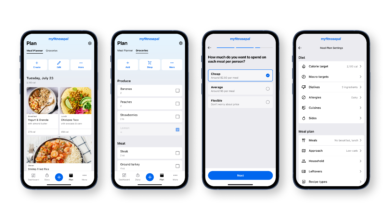Google will use machine learning to try and tell if a user is under 18

Google will start testing a feature this year that uses machine learning to weed out children trying to access adult content on YouTube. The “machine learning-based age estimation model” will try to predict whether a user is under 18 and, if so, apply appropriate age filter settings to their account. The announcement came amid a flurry of Google child safety announcements as the US Senate considers a bill that would ban pre-teens from social media.
YouTube CEO Neal Mohan first mentioned the ML age restriction feature on Tuesday in his letter about the platform’s “bets” for the coming year. “We’ll use machine learning in 2025 to help us estimate a user’s age — distinguishing between younger viewers and adults — to help provide the best and most age-appropriate experiences and protections,” he wrote.
A YouTube spokesperson clarified to Engadget that the model will make its predictions using data like the types of info the person searches for, the categories of videos they watch and the age of their accounts. For example, if someone frequently searches for info about mortgage lending or taxes, that probably points to the person being over 18. Ditto for an account that’s over 20 years old.
If the ML model predicts that someone is underage, YouTube will apply its standard protections to deliver a more age-appropriate experience. Of course, the platform blocks explicit (and otherwise age-restricted) videos from under-18 users. Google’s underage restrictions also include its SafeSearch Filter, which (as its name suggests) blocks explicit content from search results.
YouTube told Engadget it will begin testing the filtration tool by the end of this year. The platform plans to roll it out globally in 2026. Although YouTube’s CEO first announced the feature, Google will test the feature in other areas, too. However, we don’t yet know where else the new ML feature will pop up. Google isn’t alone in trialing such a feature.
Google isn’t alone in trialing such a moderation feature. Last year, Meta said it would use an “adult classifier” tool to identify underage Instagram users posing as adults.
Google also said on Wednesday that School Time, a feature previously only available as a smartwatch app on the Fitbit Ace LTE and Galaxy Watch for Kids, will roll out to Android phones and tablets. Part of Google’s Family Link parental controls app, School Time will let parents determine what phone features and apps their children can use during school hours. Parents can choose which apps remain active (like, say, learning-friendly apps) while allowing messages and calls from certain contacts. The idea is to minimize screen time and help kids focus on their work while still green-lighting emergency contacts.
Along similar lines, the Android Family Link app will let parents approve or deny contacts to add to their children’s devices. (This is another feature making its way over from the Galaxy Watch for Kids.) Parents can then limit calls and texts to only approved contacts. However, that feature isn’t quite here yet: Google says it will roll out “in the coming months.”
Finally, this spring, parents using Google parental control features can add tap-to-pay to their children’s Android phones. (Google said this was coming last year.) Parents will be able to approve a payment card, add or remove further cards and view the child’s transactions. Google says the feature will also work for things like gift cards and concert tickets.
This article originally appeared on Engadget at https://www.engadget.com/ai/google-will-use-machine-learning-to-try-and-tell-if-a-user-is-under-18-204713279.html?src=rss
Source link




